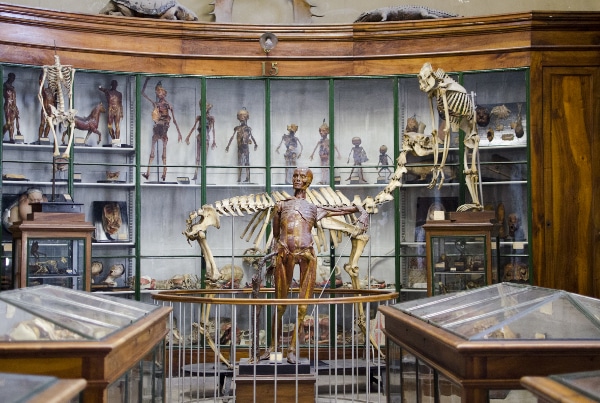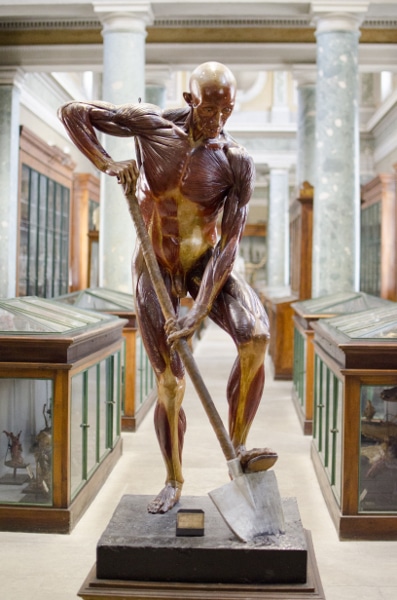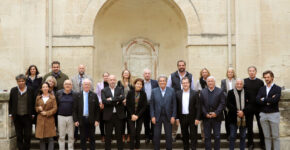Anatomy conservatory

At the heart of Montpellier's prestigious Faculty of Medicine, the Anatomy Conservatory was an incomparable teaching tool for generations of medical students, before the advent of modern techniques for exploring the human body. Today, it is a privileged witness to the history of anatomy teaching.
Dissection subjects, wax, plaster and papier-mâché casts, surgical instruments and more populate the period showcases that line the tour - over 13,000 objects in all, one of the largest collections in France. A journey back in time, to discover a discipline taught in Montpellier since the late Middle Ages...
A museum rich in students

The Anatomy Conservatory was created at the same time as the opening of the Montpellier Medical School in 1795, and was enriched by its students. As early as 1798, the Montpellier Medical School adopted a new measure: "no student can be admitted to the final examinations who has not presented a natural or artificial anatomical specimen to be deposited at the Conservatory". In addition, famous doctors and surgeons offered specimens from pathological cases observed in hospitals.
Opened in 1852 to showcase collections assembled since 1795, the Conservatoire d'Anatomie first had an educational function: to make available to students at Montpellier's Faculty of Medicine collections dedicated to the teaching of medicine and the natural sciences.
In 1851, the growth of the collections necessitated the construction of new premises. The Anatomy Museum moved into a gallery built by architect Pierre-Charles Abric (1800-1871), just opposite the Jardin des Plantes, where it still stands today.
In a majestic setting punctuated by colonnades, and under the aegis of famous doctors and allegories painted by Montpellier artist Jean-Pierre Montseret (1813-1888), the conservatory presents a succession of showcases detailing the human body and its pathologies.
The conservatory also collects series of wax casts - notably by the Florentine Felice Fontana - in plaster or papier-mâché, surgical instruments and orthopedic equipment. Other collections include comparative anatomy, zoology and archaeology.
The collections of the Montpellier Anatomy Conservatory were classified as a historic monument in 2004.



